With building sustainable, smart, energy conserving, earthquake-resistant, accessible high-quality housings as the goal, continue to build social housings, create a new lifestyle and establish a model of living architecture. Provide convenient transportation services to improve air quality and reduce impact on the environment. Integrate diversified smart information system into public transportation to reduce riders’ waiting time. Meanwhile, provide free barrier-free transport services or transportation subsidies to disadvantaged groups, so that they too can enjoy the convenience of public transportation. Along with the efforts to implement fire prevention tasks, promote the concept of "disaster prevention, reduction, and avoidance", compile the " Disaster Prevention Taipei Manual " and build up the awareness of disaster prevention for all citizens. Ensure the rights of all citizens, and create a city of sustainable environment and disaster-resilience.
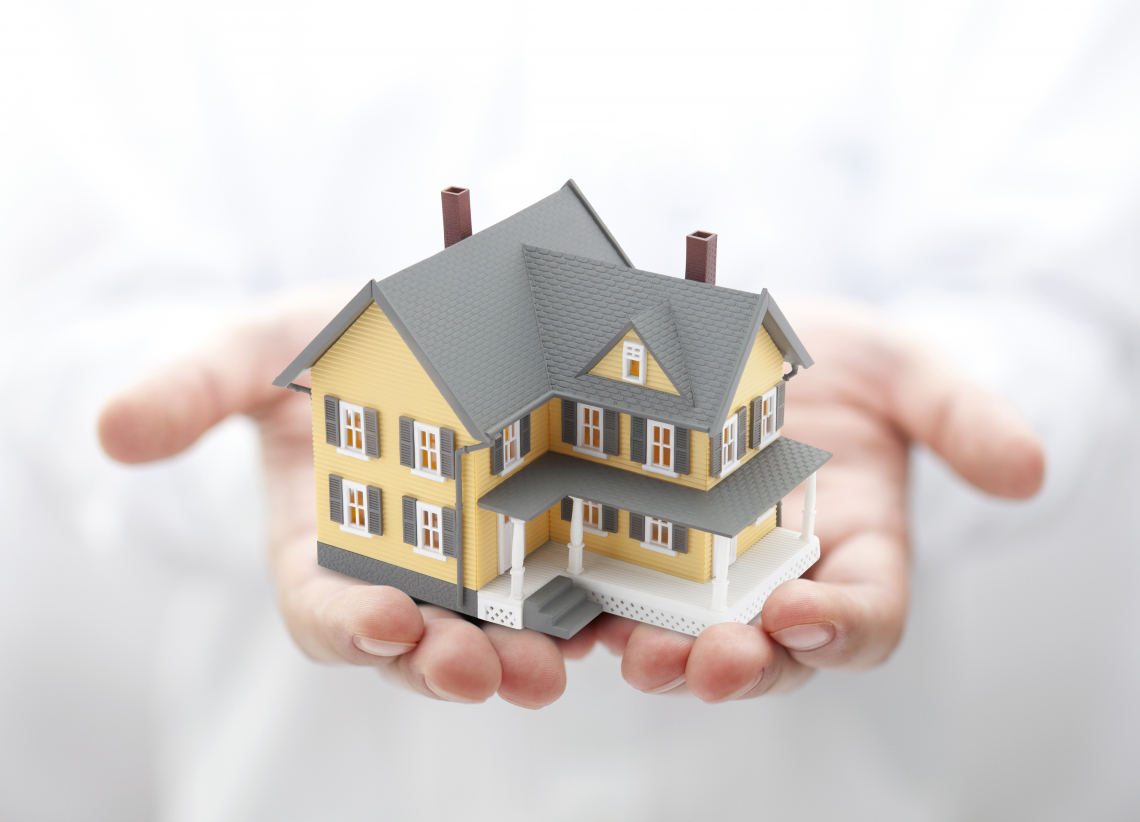
By 2030, ensure access for all to adequate, safe and affordable housing and basic services and upgrade slums.
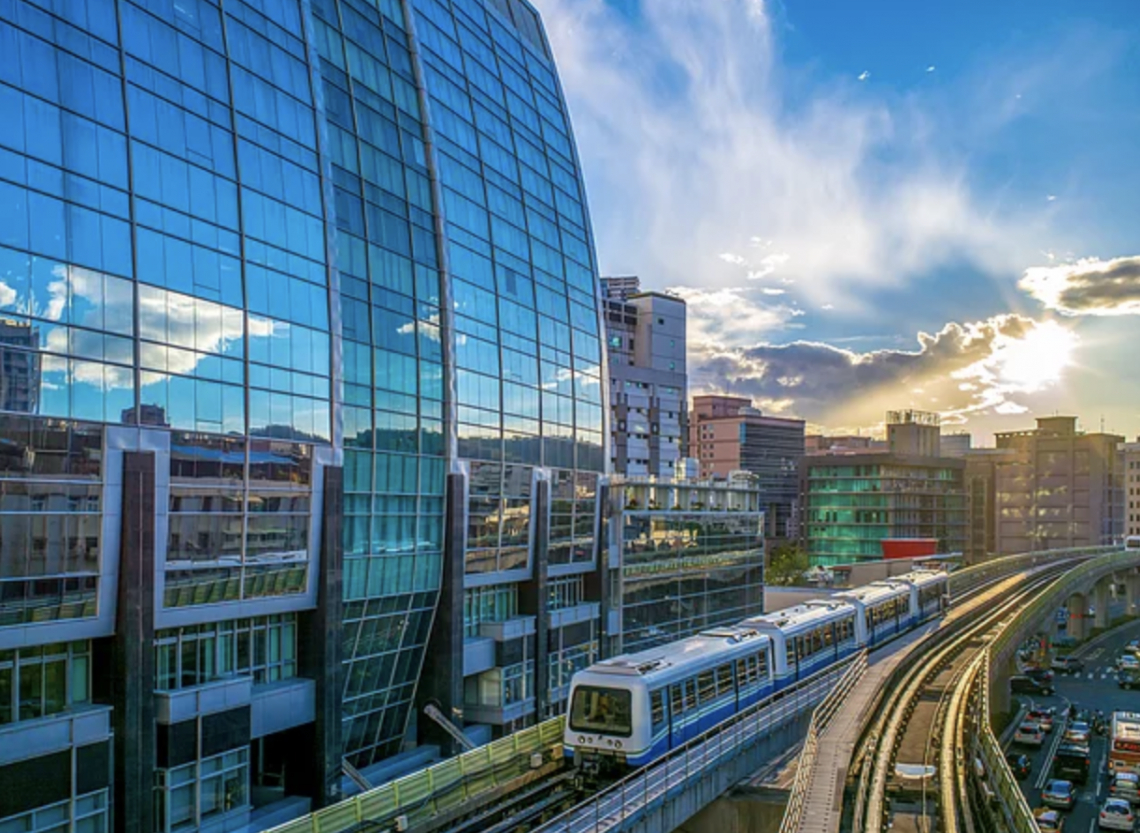
By 2030, provide access to safe, affordable, accessible and sustainable transport systems for all, improving road safety, notably by expanding public transport, with special attention to the needs of those in vulnerable situations, women, children, persons with disabilities and older persons.
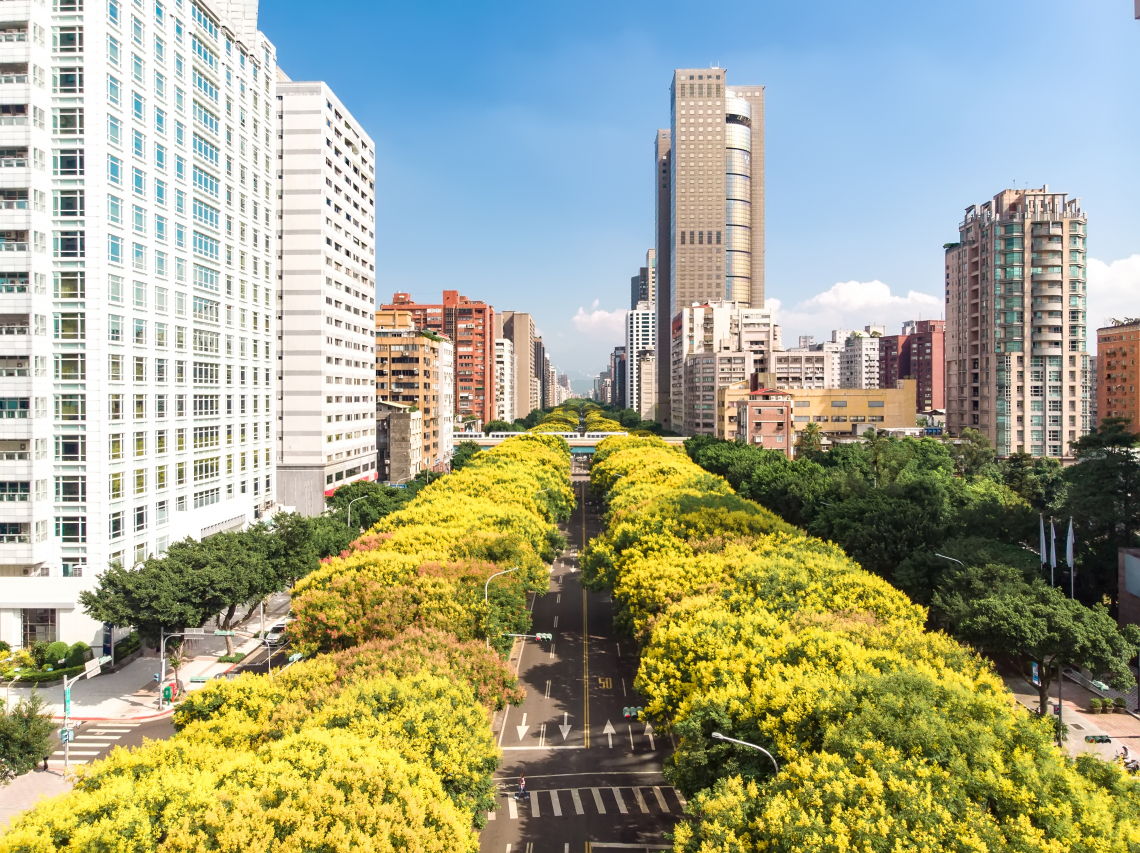
By 2030, enhance inclusive and sustainable urbanization and capacity for participatory, integrated and sustainable human settlement planning and management in all countries.
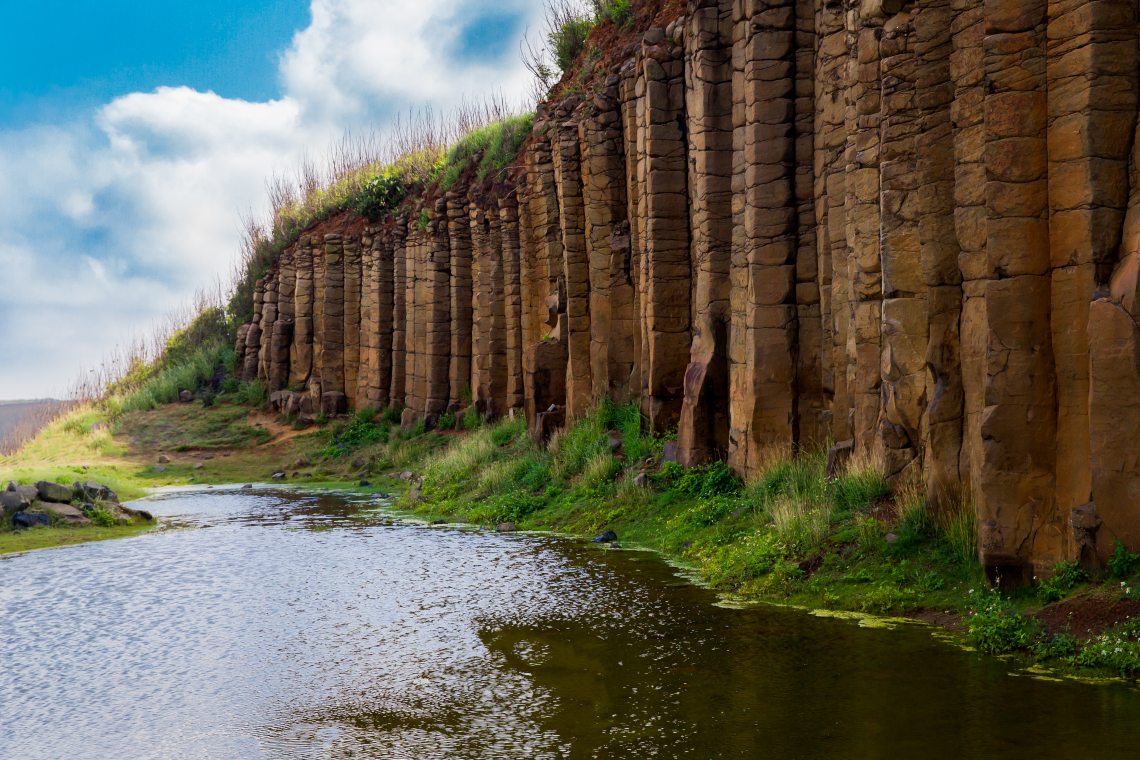
Strengthen efforts to protect and safeguard the world's cultural and natural heritage.
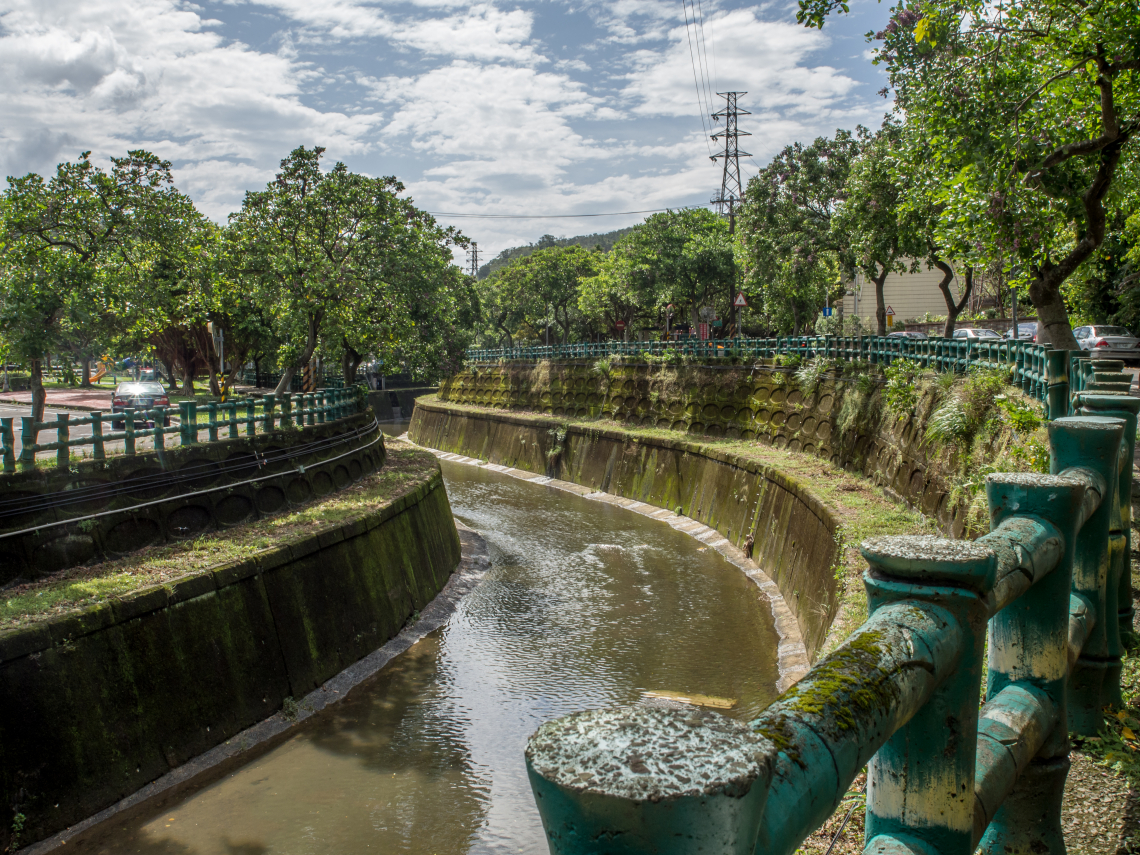
By 2030, significantly reduce the number of deaths and the number of people affected and substantially decrease the direct economic losses relative to global gross domestic product caused by disasters, including water-related disasters, with a focus on protecting the poor and people in vulnerable situations.
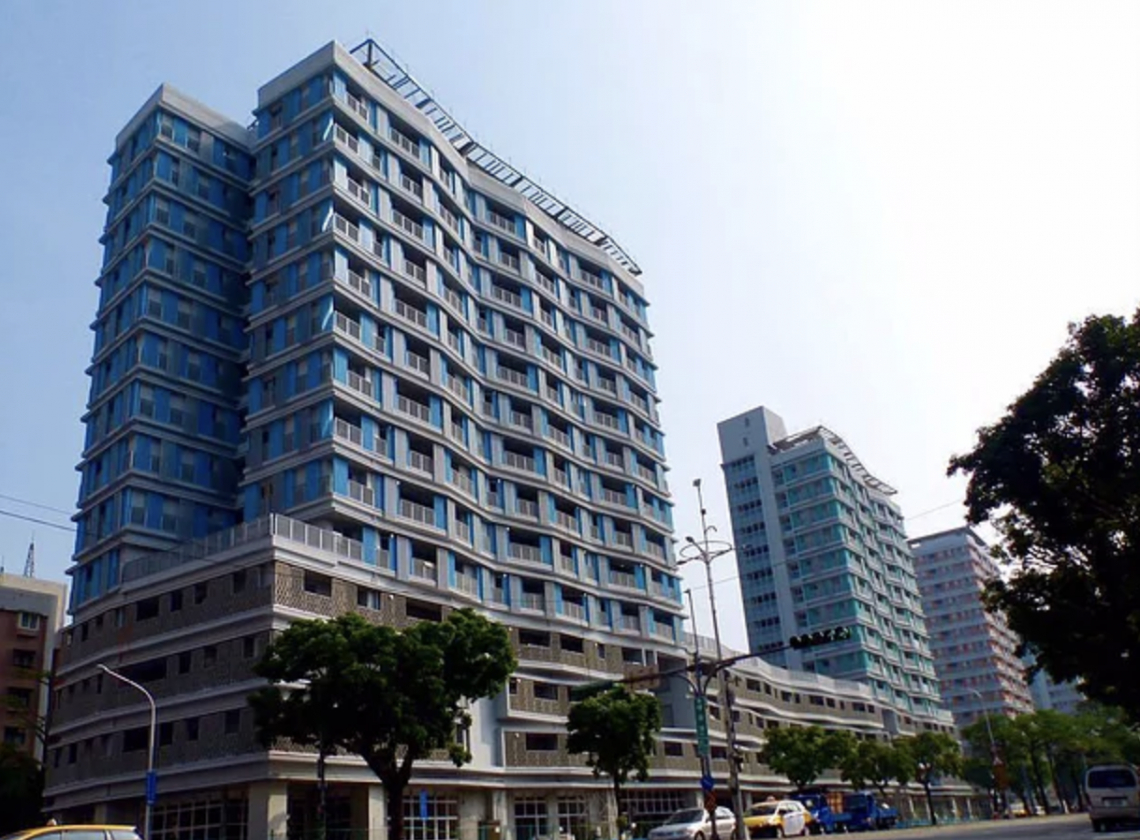
By 2030, reduce the adverse per capita environmental impact of cities, including by paying special attention to air quality and municipal and other waste management.
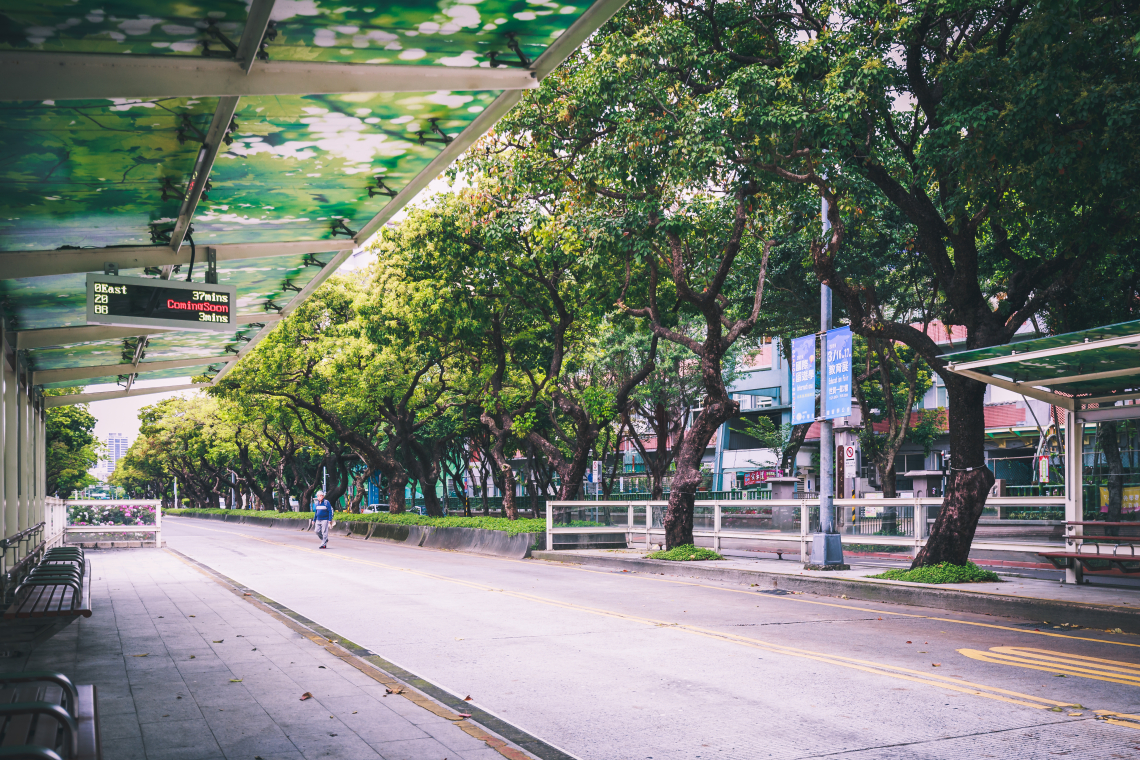
By 2030, provide universal access to safe, inclusive and accessible, green and public spaces, in particular for women and children, older persons and persons with disabilities.
Take inventory preferentially of social housing locations in the city, accumulate the number of social housing through multiple channels, schedule long-term construction plans and raising of funds. The goal of social housing is to build sustainable, smart, energy saving, earthquake-resistant, high-quality accessible housings, and combine public service spaces, to create a new lifestyle.
In 2019, 19 social housing projects were completed, 28 were under construction and pending construction, 4 were up for bidding and pending online, 6 were under planning, 62 were joint urban renewal real estates, totaling 19,876 households, with occupancy rate of 95%.
Furthermore, to safeguard the living rights and interests of underprivileged residents, the City initiated a citizen review method in 2016 to formulate a 35% minimum guarantee in terms of the household occupancy mechanism for social housing for residents of special status in the City, of which 10% was reserved for low-income households (economically disadvantaged residents) through lottery system; 20% was mainly allocated to ethnic groups that are difficult to rent in the community (socially disadvantaged) notably the elderly, the disabled, single parents, victims of domestic violence, grandparenting (inter-generation) education and the like, adopting Social Housing Comment System. In terms of the aboriginal ethnic part, the City takes into account their special historical status. Other than the 30%, the City provided an additional 5% guaranteed household through the lottery system. This mechanism was first put into practice in Dalongdong social houses in 2017 and was subsequently implemented in all social houses of the entire City to practice living justice.
To provide denser, deeper and more comprehensive transportation services, continue to promote “push and pull” strategy to encourage public to use green transportation. Among them, “push” is to improve the quality of public transportation and introduce usage of public transportation, including the promotion of MRT, Metro buses and transfer discounts, the implementation of public transportation All Pass Tickets and the reduced fares for transfer between Youbike and public transportation “pull” is to reduce the use of private-owned vehicles through private-owned vehicle management measures, including Neighborhood Traffic Environment Improvement Project, car parking fees, parking management of scooters in commercial districts. In the future, continue to promote MRT construction bus route optimization, YouBike 2.0, Neighborhood Traffic Environment Improvement Project 2.0, electric buses and low-floor buses policies, so that Taipei's transportation is more friendly and sustainable.
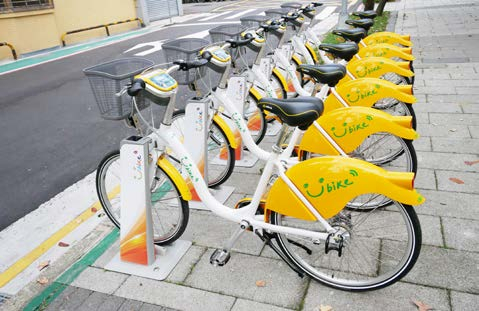
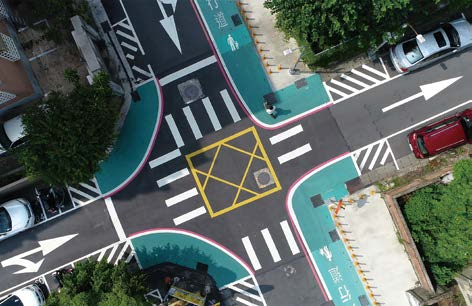
Promote the replacement of old diesel buses with electric buses. In 2019, a total of 22 electric buses were operating on the roads. In addition to applying for subsidies for car purchase from the Ministry of Transportation and Communications, also encourage operators are encouraged to accelerate the promotion of the replacement of old diesel buses with electric buses via the implementation of mileage subsidies ( NT$5 per kilometer ).
Motorcycle-sharing gradually changed the citizen’s habit of using cars (purchasing cars) through different people using one scooter to reduce the ownership of private vehicles as well as the demand for parking in urban areas, and also provide the first and last-mile connecting transport for the public. Statistics as of September~December 2019, there were 500 car sharing vehicles in the City with up to 59,534 trips, 10,337 shared motorcycles with up to 1,903,141 trips. In 2019, there were 13,072 public bicycles in 2019 with up to 28,464,933 trips.
In public parking lots, the City sets up charging poles and appropriately map out priority spaces to be reserved for electronic vehicles to create a friendly environment toward electric vehicles. As indicated by official statistics, up to 314 charging bays had been installed in public parking lots and institutional school parking lots as of 2019. Meanwhile, under mandatory demand, the City requested outsourced operators of parking lots to install a certain number of charging poles before the contracts expired to provide services for the public.
In order to encourage residents to use public bicycles. Since April 2018, anyone renting a bicycle from the City’s YouBike using Easycard station will receive a NT$5 transfer discount within one hour of transfer to the MRT or buses. Those who transfer within 1 hour from the MRT or bus to YouBikes within the jurisdiction of the City will also enjoy first 30 minutes for free. At the same time, since April 16, 2018, a NT$1,280 30 days All Pass Ticket of has been launched. Pass holders can enjoy first 30 minutes for free when renting within the jurisdiction of Taipei.
Intelligent management of transportation information
The intelligentization of the transportation system can improve the convenience of the public in terms of travel. The development of the “intelligent transportation system ( ITS ) is actively promoted. The development of bus information has changed from traditional static information to dynamic information provision, even related data is transmitted to the OPEN DATA platform, to be provided for use in private industry applications, so that the public can obtain estimated arrival information ( smart stations, APP, web page, PDA, voice, etc. ) via a variety of channels.
The Intelligent Bus Stop Sign can provide individuals who have no mobile phones, no network service, or are unable to check through APPs to obtain real-time estimated bus arrival information, so to reduce public anxiety, and enable the public to choose to ride public transportation. Moreover, a smart bus station is defined by installing the intelligent bus stop sign. In the end of 2019, the city has completed the construction of 1,848 smart bus stations, with a construction penetration rate of 56%. It is expected to complete in 2,148 stations by the end of 2020.
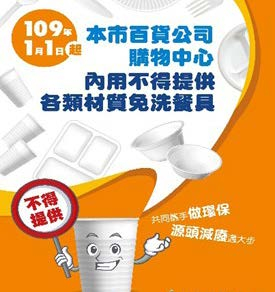
In response to the economic patterns of Taipei City, various source reduction policies and tools have been implemented. They include the implementation of “The Per Bag Trash Collection Fee”, to reduce the amount of garbage and to increase resource recycling through economic approaches. The promotion of the policy of restricting the use of disposable plastic items, to strengthen the control of the use of plastic bags, disposable tableware, and takeaway beverage cups; promote furniture recycling and repair, to extend the life of the item for circular use and keep the same volume of solid waste while lowering the annual targets year by year.
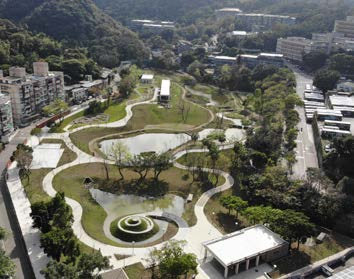
Urban green space
Through the construction and maintenance of parks, green spaces, plazas, children's playgrounds, riverside parks, and other reserved areas, protected areas, and scenic areas set aside by urban planning, the goal is to increase the area of green space by 3 hectares each year, and increase the per capita green space of the residents yearly in order to effectively achieve leisure and recreation, ecological protection, and reduce the urban heat island effect. From 2015 to 2019, the City's Jingqin No. 1 Park, Zhoumei Xian Zai Gang Park, Hsinhsin Park, Yong Chun Pi Wetland Park, North Gate Square, Taipei Travel Plaza, and Chien-Cheng Circle added about 486,339 m2 of green space.
In response to the aged population and the declining birthrate, take inventory of existing city-owned buildings and properties in the short term. At the same time, take survey of regional needs for public service facilities and functions, and convert idle or underutilized spaces into relevant facilities that are required by the region. In the mid-to-long term, when reconstructing old public buildings, surrounding public facilities and regional needs will be integrated, where a composite method will be adopted. The land area vacated by the original public facilities is converted into building of public service facilities and functions in response to the aging population and the declining birthrate so as to satisfy the original public facilities land area as much as possible to satisfy the substantial need.
The City implemented of the “Taipei City Clean Air Action Plan” in 2016. The annual average concentration of PM2.5 in 2018 was 14.6 μg/m3; in 2019, the “Clean Air Action Plan 2.0” was proposed, with the goal of reaching the World Health Organization’s recommendation of the annual average concentration of PM2.5 is 10 μg/m3 by 2030. Through the three aspects of “low pollution, green transportation, and regional joint defense”, various air pollution control actions were promoted to continuously improve air quality. The average annual value of PM2.5 in 2019 was further dropped down to 13.0 μg/m3, which is an improvement of 11.0% compared to 2018. In the future, the City will continue and actively cooperate with the central government to improve air pollution and to promote relevant reduction measures.
As society and economy change, the function of mountain roads has gradually shifted from the promotion of transportation and development in agriculture to a transportation service for the public to engage in leisure activities and get close to mountains and forests. Therefore, besides maintaining the safe and convenient transportation function, the goal of improving and maintaining mountain roads is to create comfortable, beautiful and pleasant leisure spaces in order to improve the overall quality of mountains so to provide the public with a high-quality mountainfriendly environment.
For the management of mountain roads, in addition to the annual budget, the general maintenance and emergency disaster rescue matters such as the improvement of road surfaces, update and improvement of slopes and related facilities, and maintenance of landscaping. To improve the rest value of scenic areas along mountain roads, plans are made to improve the landscape environment of mountain roads, and integrate local features into road-related designs to enhance the overall rest quality of mountain roads.
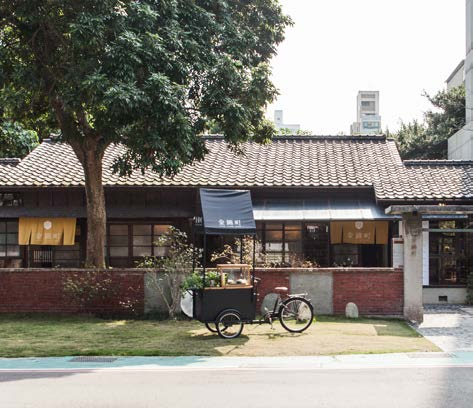
To protect cultural heritage, set up a dedicated management authority to carry out the restoration and reuse of cultural heritage and the operation, and promotion of the project of Old Houses Cultural Movement Plan, which establishes a matching platform. Through the counseling, subsidies and assistance of the authorities of cultural heritage to the manager to submit management and conservation plans, restoration and reuse plans and relevant review matters, the problem of the City’s unused cultural heritage, vacant spaces and decaying properties causing unkempt environment and hotbed for crime can be solved. This will gradually improve the cityscape, and achieve sustainable preservation of cultural heritage and enrich the cultural charm of the City.
In the City, the poverty population ratio has remained at 1.70% during the past five years. Statistics as of 2019 indicate that, in the City, there were a total of 21,123 listed low-income households with 44,984 people (1.70% of the City’s total). In accordance with the Social Assistance Act, the City provided low-income families and children living below the poverty line with living allowances, transportation subsidies for children of junior high schools and above, student living subsidies for those of 18 years of age and above amidst schooling; maternity subsidies, pregnancy nutrition subsidies, three-Festival condolence allowances, living subsidies for the physically and mentally disabled people and living allowances for the middle and low-income senior citizens. In the meantime, in combination with education, health, housing and other resources, we provide poverty-stricken people with complex needs such as schooling, medical treatment, employment, and maintenance support so as to help them maintain the basic living functions in the underprivileged families to help safeguard dignity of those underprivileged people. Moreover, in order to strengthen the toward the underprivileged. The City renders handy supports toward the poor, measures for poverty alleviation and self-reliance, and promotion of employment to implement thoroughly warm social assistance and care.
The Fire Department, Construction Management Office, Office of Commerce and other units form a joint inspection team to carry out public safety spot checks of business premises, and strengthen fire safety equipment, maintenance declarations, flameproof labels and fire prevention management in various places. Thanks to such sound efforts, the City successfully strengthened the three-level quality control of building public security (i.e., first-level quality control-independent management and inspection by the industry, second-level quality controlroutine inspection by the authority management agency, and third-level quality control-municipal government joint inspection).
In terms of an application for construction licenses for additions, alterations, and constructions, as well as alteration of use and interior decoration permits, an applicant shall reach a certain scale for public use in accordance with Article 13 of the Fire Protection Act and Article 13 of the Enforcement Rules of the Fire Protection Act. Accordingly, before the construction permit is issued by the Taipei City Construction Management Office, the applicant should formulate a “fire protection plan during construction process” and submit the “fire protection plan during construction process” to the Competent Fire Squadron of the administrative district under its jurisdiction before the construction permit is issued by the Architects Association. Whenever the aforementioned permit for use gets involved in a review of the illustrations of the fire safety & security equipment & facilities, the review process shall be conducted in combination.
In order to coordinate and supervise fire safety management, building safety management, specific purpose business management, health safety management, occupational safety and health management and campus safety management, the overall implementation of public safety activities and work items, the City’s Public Safety Supervision Committee hold meetings at least once every two months, and experts and scholars are invited to attend the meeting. By regularly reviewing the deficiencies and tracking and controlling of matters needing urgent improvement, to improve the execution performance and to safeguard the safety of people's lives and property.
For areas or specific places where fires occur frequently, increase the frequency of visit, cooperate with communities in different activities, and conduct interactive key announcements in the form of stalls or fixed-point booths. Also, to expand the effectiveness of public education, to achieve the purpose of popularizing the concept of disaster prevention, with the goal of prevention, reduction and response of disaster, the “Disaster Prevention Taipei Manual” manual was prepared to strengthen the awareness of the disaster prevention of all citizens in an in-depth yet simplified way.
The Fire Department, in conjunction with the civil affairs system, has comprehensively promoted the installation of residential fire alarms, compile procurement budget, along with private charitable organizations, to donate residential fire alarms. In 2019, 394,095 residential fire alarms were installed, and an accumulated 356 cases of successful evacuations when the fire set off the alarm. The “Taipei City Fire Prevention and Autonomy Regulations” was amended, and was implemented on December 23, 2019, added new regulations stating residential use rental buildings, Class A places and the management of designated places are required to install residential fire alarms. Violators will be notified to make improvements within given time; those who do not will be fined.